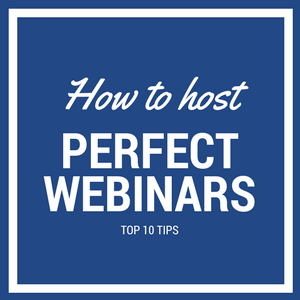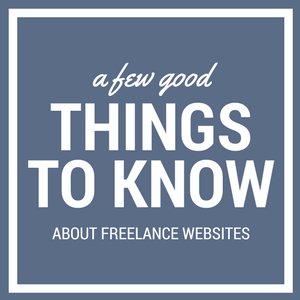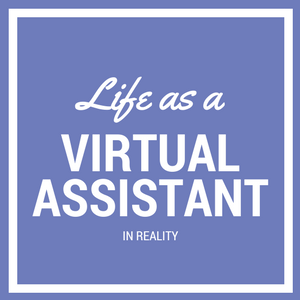Why don’t we talk anymore?
Most of us have mobile phones so why don’t we use them to talk to people? Has mobile phone technology caused us to take a step backwards?
What’s the best way for me to contact you?

When I begin to work with someone new, I ask how they’d like to communicate and the best way to get in touch. Most say email works best and a text if something is urgent. Very few say phone me.
That is why I am baffled? Most of us have a mobile phone but don’t use them to talk?
Going back a bit, when Bell patented the telephone in 1876, the fastest way to get a message someone was by telegraph or telegram.
Imagine being around 140 years ago. Wouldn’t it have been so exciting to speak to another person when before you’d only be able to write a letter?
The first mobile phone call
When Martin Cooper (Motorola) made the first cell phone call in 1973, his only reason for doing so was to upset AT&T who were about to unveil their prototype cell phone at a press conference. Cooper later admits in a 2015 interview: “The issue at the time wasn’t about creating a revolution, although that was what happened. It was about stopping At&T.”
This historic moment completely changed the telecommunications industry as they envisaged a complete culture change in the way people talk to each other.
And change did happen. Now we now speak less.
Losing my voice
Two things happened this month which led me to think about this. First, I was struck down with laryngitis and lost my voice. I could not speak or even whisper, so writing became my only option. Second, I work with someone who likes to use WhatsApp which got me trying to work out how many mobile phone apps we use to do the same thing – text and in which case, why do we still call them mobile phones when we do not use them to make calls.
My customers all have their preferred ways to get in touch: It could be email, text, what’s app Messenger, or other collaboration apps like DropBox, SharePoint, OneDrive. I am happy with whichever way they choose, as long as it is easy for them to work with me and everything feels seamless for them.
The art of conversation
Here’s the thing. Because we now write or text everything, have we lost the art of talking and conversation. Although based on some SMS texts and posts I have seen, some would benefit from learning the art of writing, but that is probably another blog post.
Going back to laryngitis, when the doctor explained recovery would be like repairing a muscle, and it could take 6-8 weeks for my voice to return, I was quite shocked. Then I thought, if our voices are muscles, what happens if we do not use them?
How did we get to this point because I am not sure when we stopped talking on the phone and if we ever even noticed it happening? Perhaps email is to blame, or open plan offices where people may prefer to send an email to avoid of being overheard on the phone.
As someone who works alone most of the time, the opportunity to talk is a lovely part of my day.
A generation of phonophobes
Are we becoming phonophobic? How will we bring back the art of conversation? Does it matter, or am I missing the point? Has the fact we can now text, write and share images revolutionised our communication in such a way we will not need our voices?
Now you’ve got me thinking about the lost art of handwriting so watch this space.





